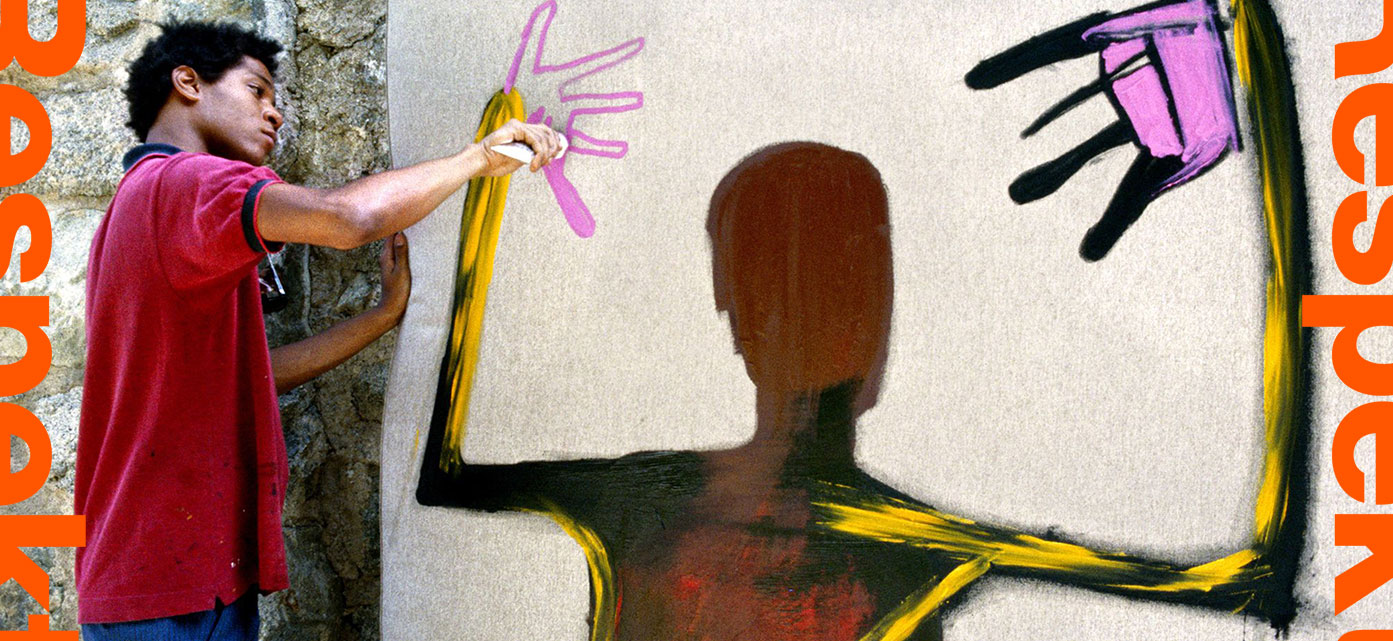It’s art, if you say so

Originally seen only as vandalism, street art is now fetching seven figure sums under the hammer at some of the world’s most prestigious auctions and being ‘hung’ in some of the finest galleries.
But, street art has always had an important role to play; if you want to gauge the social temperature of a city just look at walls in the working class areas, they’ll tell you the truth. This outlet of expression gave equal opportunity to those who felt historically disenfranchised to make a statement and enter their point of view into public discourse.
And, like any movement, the elite eventually comes around and money plays it’s part. Artists like Basquiat and Banksy have all gone from deep urban commentary to ‘high art’ without ever having to do anything different – their street style and acerbic take on humanity were simply literally lifted from their back alley origins and transported into worlds of caviar and champagne.
Graffiti in particular has had a meteoric rise. It was not long ago that local municipal governments were spending millions every year to scrub clean the efforts of the local graffiti artists, but now they’re opening fine art establishments to rave reviews.
Some, like German graffiti artist Daim, are taking the art form into new places and winning over more traditional collectors. His series of three dimensional tags have provided meaningful evolution where previously their had seemed to be none.
The same people who vilified it are now commissioning it as one way to drive re-urbanisation and to commemorate local heroes. It really has become the art of the people, for the people and by the people.
Conclusion:
Whichever way you look at it, street art is here to stay. It hasn’t been an easy road, but it has led to a place where the art form and its artists can hold their heads high and enjoy universal acclaim and Respekt.


